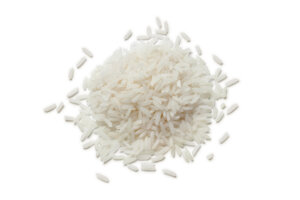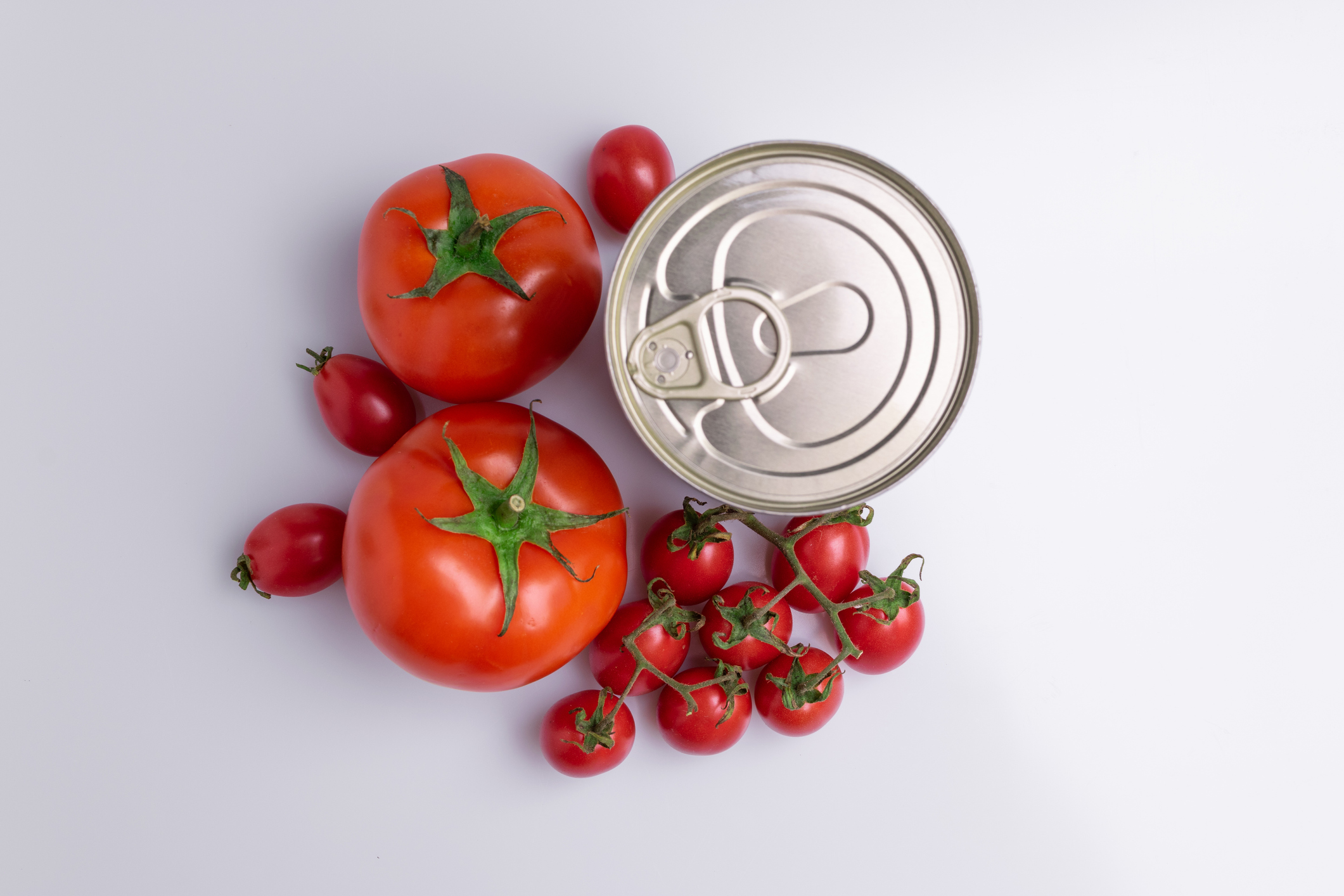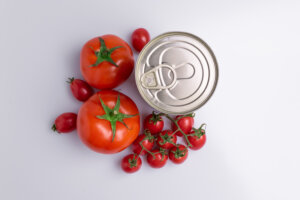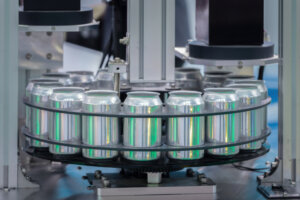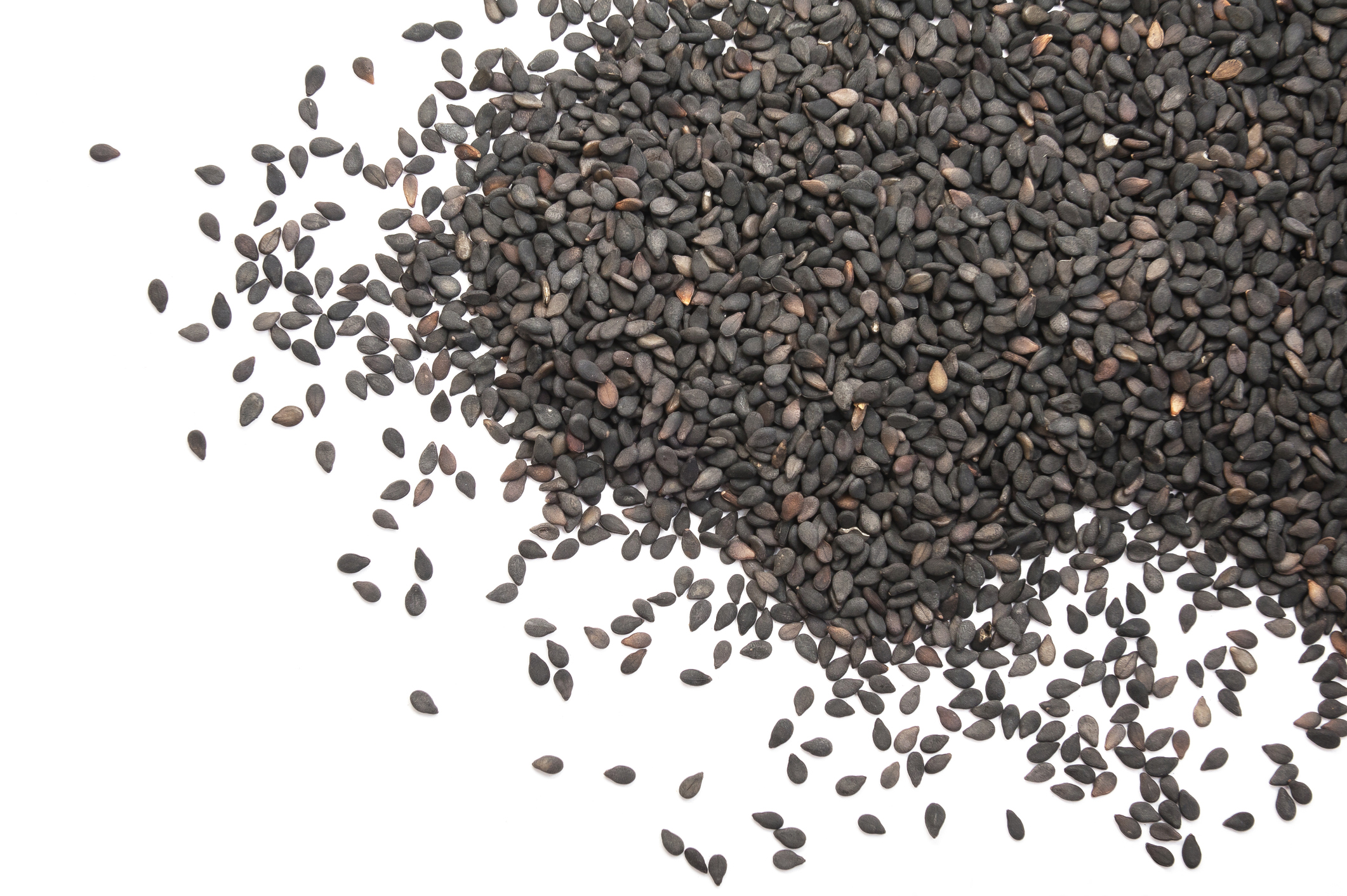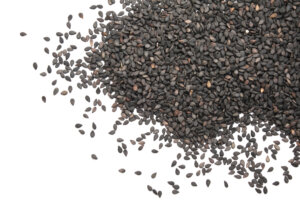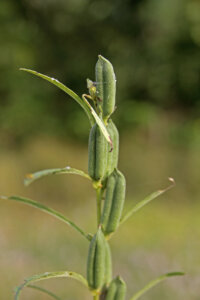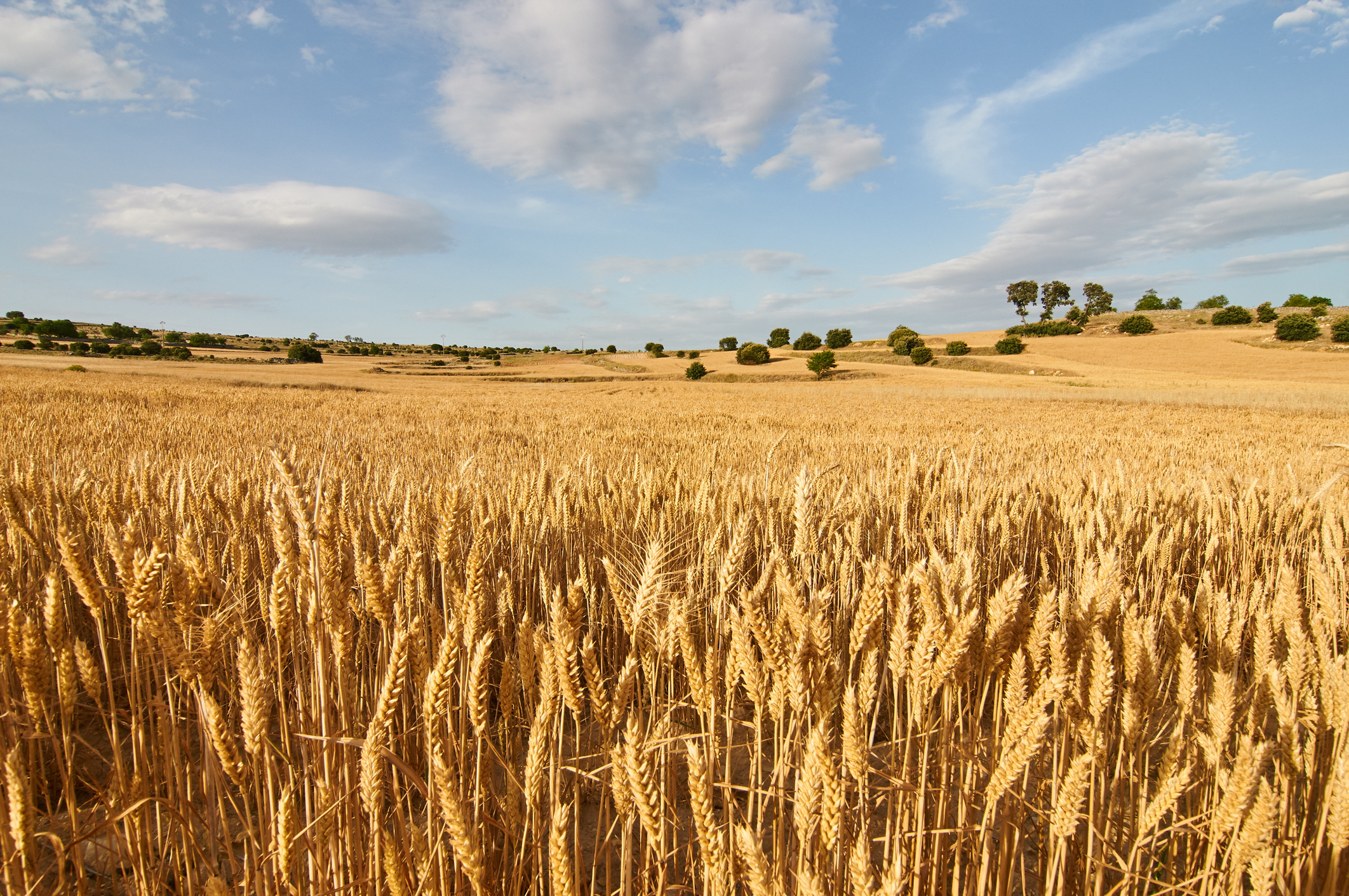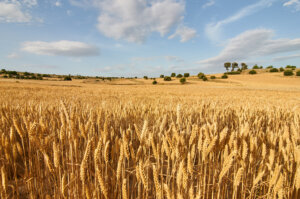Grown in the foothills of the Himalayan Mountains, Basmatic Rice has been cultivated for many centuries. Tradelinks producers offer some of the finest quality rice, we have our Quality Assurance team supervising the whole process, starting from the paddy fields, throughout the milling up until loading the shipping containers. Our Quality Control starts with implementing procedures in the paddy, which is tested for processing suitability, following through to the state of the art milling process which ensure de-stoning, polishing, grading and color sorting that will guarantee the end product meets the buyers specification and set parameters.
Farmers have already planted crops on 90% of the cultivable area across India, helped by good monsoon rainfall in most parts of the country. Official data shows that the rice section is 17.36% more than that last year while oilseeds section is up 15.50%.
Thanks to good rains and availability of farm hands during the sowing period, basmati rice production was at 8 million tons last year, and as mentioned, expected to rise this year. Domestic consumption is increasing and newer markets for exports are opening up.
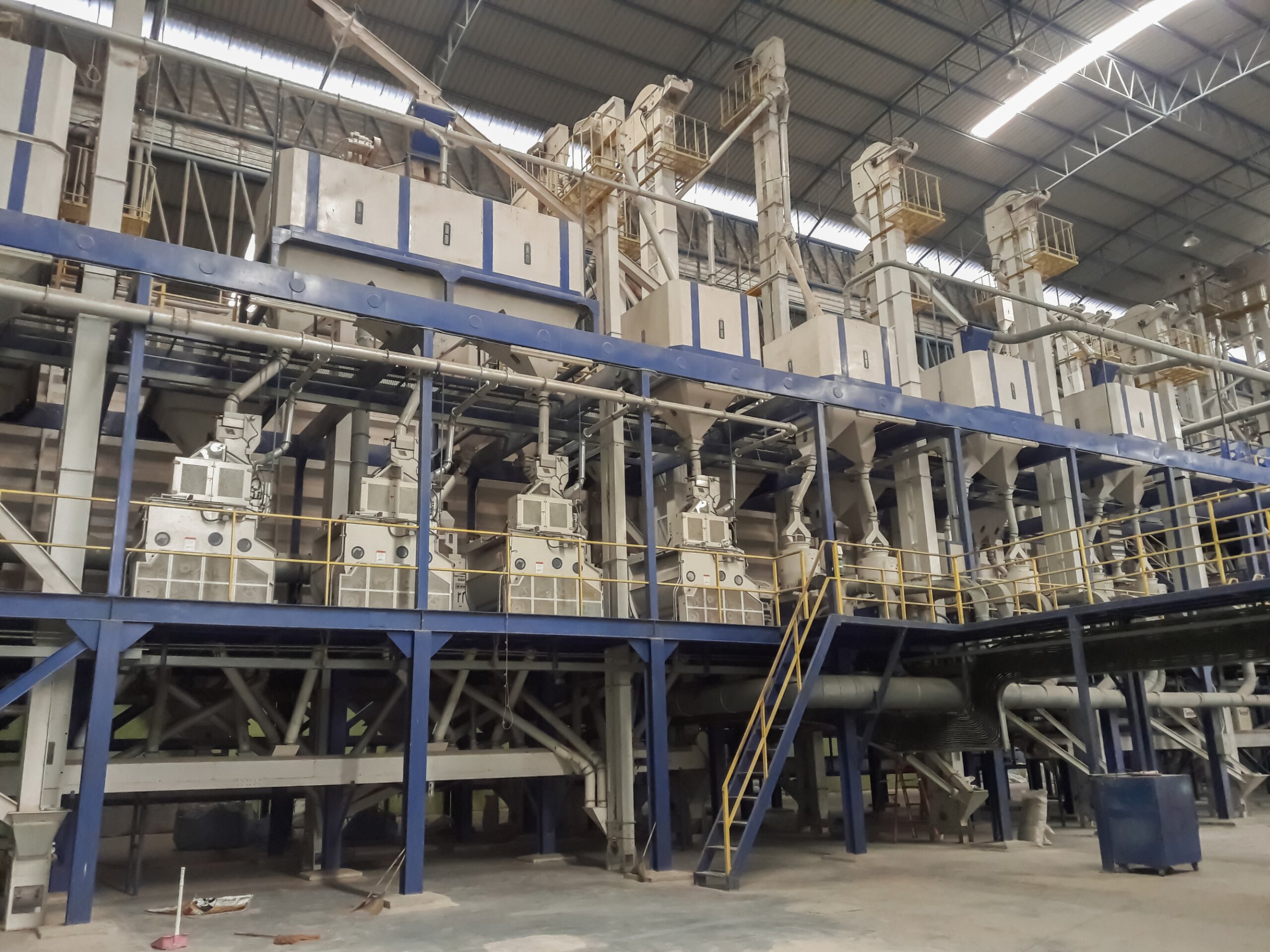 India is the leading exporter of Basmati Rice to the global market. During the 2019-2020 season, 44,54,656.70 MT was exported globally for the worth of USD 4,330.68 million. However currently, due to Covid-19 restrictions, rice exporters are struggling to fulfil orders due to limited availability of containers and workers at mills and the biggest handling port on the east coast. In the next few months, India could export around 100,000 tons less rice per month as the labour shortage means rice mills are operating at lower capacity.
India is the leading exporter of Basmati Rice to the global market. During the 2019-2020 season, 44,54,656.70 MT was exported globally for the worth of USD 4,330.68 million. However currently, due to Covid-19 restrictions, rice exporters are struggling to fulfil orders due to limited availability of containers and workers at mills and the biggest handling port on the east coast. In the next few months, India could export around 100,000 tons less rice per month as the labour shortage means rice mills are operating at lower capacity.
If you have any current needs, please email sales@tradelinksa.com to reserve your supply!


